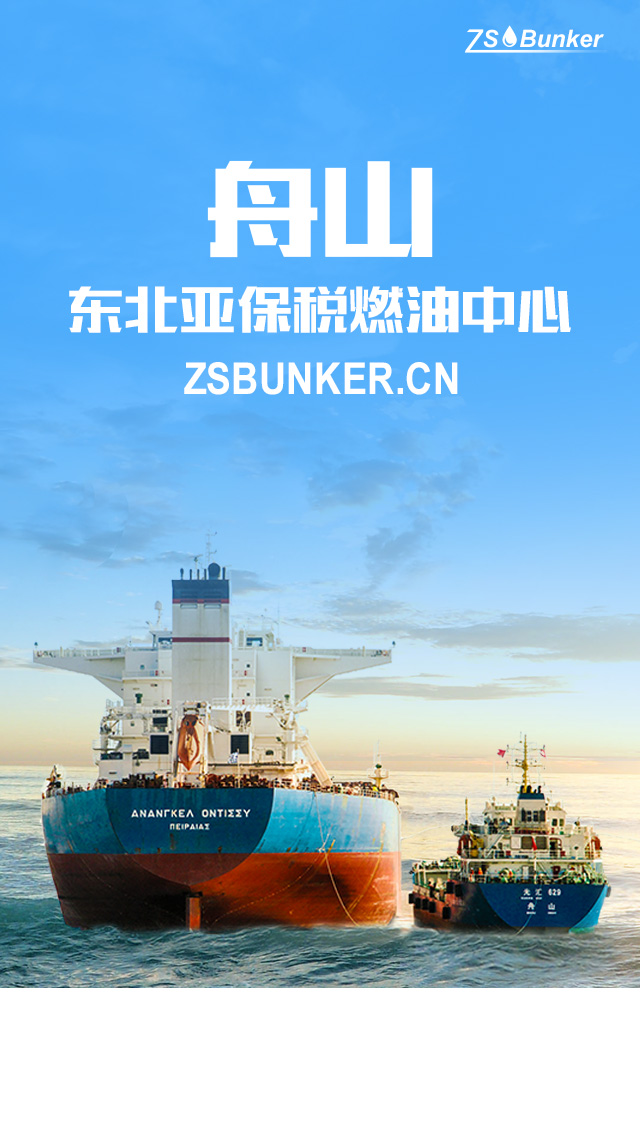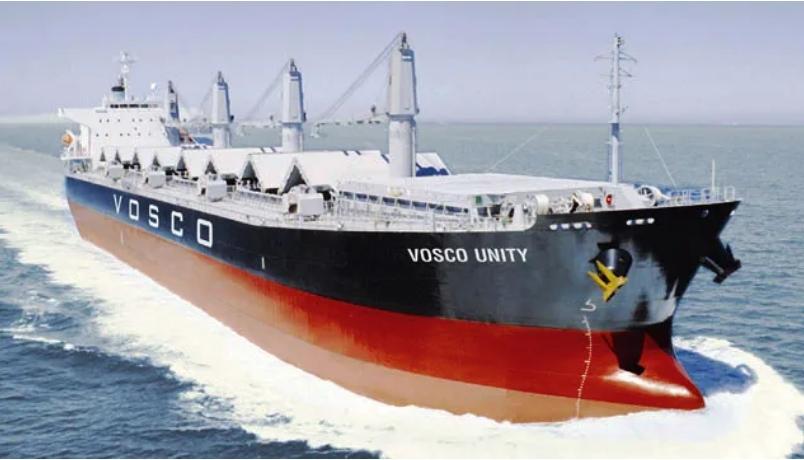《装卸时间与滞期费》第6版
CHAPTER 3 第3章
Commencement of laytime
装卸时间的起算
3.87 Earlier, Buckley LJ pointed out that in a dock charter, arrival in the dock meant the commencement of lay days. He continued:
If this is so it is difficult to grasp any ground of principle differentiating a dock from that part of a port at which the ship would be as closely proximate to a berth as she would be in a dock. What logical difference can exist? The ship either is not or is an arrived ship when she has not reached a berth. If she is when the named place is a dock, why is she not when the named place is [a] port, and she is at a place as closely proximate to a berth as she would be in a dock?
3.87早些时候,Buckley大法官就曾指出,根据码头租船合同,船舶一抵达码头意味着装卸时间即可起算。接着他又说:
如果是这样的话,就很难掌握如何区分码头与一部分港口区域的原则依据,在这部区域内(船舶往往还没有靠泊)她尽可能非常紧密地接近于泊位,就像她在码头港池靠泊一样。这在逻辑上存在有什么区别?当船舶尚未抵达泊位时,她要么是抵达船,要么就不是。如果指名的地方是码头,她就是;那么当指名的地方是港口时,而且她所在的地方就像在码头靠着泊位一样尽可能非常接近泊位的情形,为什么她就不是了呢?
3.88 It was these suggestions of geographical proximity between the berth and the point where the vessel can become an Arrived ship that were later to cause some difficulty. It must be remembered, however, that in the case that was being considered, the Leonis had anchored very close to the pier and the court did not have to consider how far from the pier she could be and still be an Arrived ship—only whether she had to reach it.
3.88 有人建议,在泊位和使船舶成为抵达船的某一地点之间在地理位置上应该是邻近的,但这一观点后来也造成了许多麻烦。尽管如此,我们不能忘记,在上面所提及的案例中,Leonis轮已经是在距离码头非常近的地方锚泊,但是法院并非一定要考虑她距码头到底能有多近,仍旧判定她为一艘抵达船——关键是看她是否必须要到达那里。
3.89 In his judgment, Kennedy LJ also stressed the importance of establishing which part of a port could be considered to be the commercial area when he said:
If, then, we find a charterparty naming a port simply and without further particularity or qualification, as the destination for the purpose of loading or unloading, we must construe it in regard to the arrival of the ship at that destination as meaning that port in its commercial sense—that is to say, as it would be understood by the persons engaged in shipping business and entering into the charterparty in regard to the arrival of the ship there for the purposes of the charterparty. In the case of a small port it may or may not mean the whole of the geographical port. In the case of a widely extended area, such as London, Liverpool, or Hull, it certainly means some area which is less than the geographical port, and which may, I think, not unfitly be called the commercial area.
Taking up the same theme later on, he said:
. . . the commercial area of a port, arrival within which makes the ship an arrived ship, and as such entitled to give notice of readiness to load, and at the expiration of the notice to begin to count lay days, ought, I think, to be that area of the named port of destination on arrival within which the master can effectively place his ship at the disposal of the charterer, the vessel herself being then, so far as she is concerned, ready to load, and as near as circumstances permit to the actual loading spot.
At the end of his judgment, he commented:
If as she then lay [off the pier] she was an arrived ship and at the charterers’ disposal and ready to load it is, under such a charterparty as the charterparty of the Leonis, quite immaterial whether she was in a place in which the physical act of loading was possible or impossible.
3.89在他的判词中,Kennedy大法官还强调了确定那一部分港口可以视为商业区域的重要性,说:
接着,如果,我们发现在一份租船合同中仅规定了一个港口作为装货或卸货的目的地而没有任何详细说明或附加条件,那么就船舶抵达目的地的问题,我们必须以商业意识来解释该港的含义。也就是说,这样解释能够被航运界从事商业的人士以及该租船合同的签订者们所理解,因为有关船舶到达此港的目的就是为了履行其租船合同。如果是一个小港,它或许意味着就是该港的整个地理区域范围;如果广泛延伸的区域范围,像伦敦、利物浦或者赫尔这样港口,它显然指的地方就是该港地理区域的一部分,而且,我认为,把它称为是商业区域也未尝不适合。
后来,就提到这同一主题时,他又说:
……港口的商业区域,船舶到此即成为抵达船,同时并有权递交准备就绪通知书,而且在通知期限届满时即应开始起算装卸时间。我认为,这就是指名港口的那个区域,作为船舶抵达的目的地,在此地范围内,船长能够有效地将该轮置于承租人的支配之下,当时,就该船舶而言,她本身也已经是做好了装货准备,并且,环境许可,尽可能地靠近实际装货的地点。
在他的判决词末尾,他评论道:
如果她接着在码头外锚泊,她仍是抵达船,仍算在承租人的支配下,并已做好了装货准备。根据诸如Leonis轮那样的租船合同,是否在船舶所处的地点可能/不可能进行实际的装货作业,这并不十分重要。
3.90 In the Leonis case, the charter under consideration was a fixed laytime one and there is no mention in any of the judgments whether similar principles applied to customary laytime charters, although many of the cases cited were of this type. However, in Van Nievelt Goudriaan Stoomvaart Maatschappij v. C A Forslind & Son Ltd, Bankes LJ said that in a claim for demurrage there were two questions to be answered:
The first question is this: when did the vessel become an arrived ship?; and the second: having fixed the date when she became an arrived ship, does the charterparty provide for a discharge within a fixed number of days after the date of arrival, or for a discharge within a reasonable time after the date of arrival?
The order in which these questions are posed strongly suggests that, at least as far as Bankes LJ is concerned, there is no difference between when a vessel reaches its specified destination under a fixed laytime port charter and when it does under a customary laytime charter. Logically there would seem no reason why there should be any difference.
3.90 在Leonis—案,所探讨的租船合同是固定的装卸时间租约,尽管引证的众多案例亦是这种形式,但没有一个判决词提到类似原则是否也适用于习惯装卸时间租船合同,然而,在Van Nievelt Goudriaan Stoomvaart Maatschappij v. C A Forslind & Son Ltd—案中,Bankes大法官说,要索赔滞期费,必须要解决以下这两个问题:
第一个问题是:该轮何时成为抵达船?第二个是:该轮成为抵达船的日期明确以后,租船合同中是否在到达那一天之后还规定了一个固定的卸货天数?或者在抵达日期以后有一段合理的卸货时间?
就所提出的这些问题,法院的指示强烈暗示:至少对Bankes大法官来说,根据固定装卸时间的租船合同与根据按习惯装卸时间的租船合同,二者确定何时算作船舶抵达指定目的地的时间是没有什么区别的。从逻辑上讲,它们似乎也没有什么理由会有什么区别。
3.91 In United States Shipping Board v. Strick & Co Ltd, the House of Lords approved the decision Leonis Steamship Co v. Rank (No 1). However, some 34 years later, the House again considered the Leonis decision in a case called Agrimpex Hungarian Trading Co for Agricultural Products v. Sociedad Financiera de Bienes Raices SA (The Aello). The facts of the case were somewhat unusual.
3.91在United States Shipping Board v. Strick & Co Ltd案,上议院支持认可Leonis Steamship Co v. Rank—案的判决。然而,在34年之后,上议院在审理Agrirnpex Hungarian Trading Co for Agricultural Products v. Sociedad Financiera de Bienes Raices SA (The Aello)—案中,又重新讨论了对Leonis案的判决。这一案件的案情颇有些不寻常。
3.92 The Aello, the ship concerned, was under charter on a Centrocon form to carry maize to Hamburg. After loading a part cargo at Rosario, the vessel was ordered to complete at Buenos Aires. The usual waiting place for vessels arriving at that port was close to the loading berths, but owing to temporary congestion, the port authority decided a few weeks before the Aello arrived that ships waiting for a berth and cargo must in future wait near Intersection, some 22 miles or three hours’ steaming from the loading berths. The decree introducing this restriction was intended to be a temporary one whilst the port was heavily congested, but it was still in force on the Aello’s arrival. The anchorage at Intersection was, however, within the limits of the port of Buenos Aires.
3.92 涉及的有关船舶Aello轮,是以标准谷物租船合同格式为蓝本的租约,按照合同要求前往汉堡运输玉米。该轮在阿根廷La Plata河内Rosario港装了一部分货后,被指示前往河口处布宜诺斯艾利斯加装其余的货。该港的通常等泊区域距离装货的泊位很近,但当时由于该港临时性的拥挤,港口当局在Aello轮到达的几周前已决定所有的等泊船舶以后都必须在距装货泊位约22海里或3小时航程的中转交汇区(Common zone)等泊。在该港严重拥挤的情况下,这一限制的政令是一种临时性措施,但在Aello轮抵达时仍然有效。然而,在中转交汇区拋锚,仍算在布宜诺斯艾利斯港的范围之内。
3.93 On these facts, Ashworth J, the Court of Appeal and a majority in the House of Lords decided that the Aello was not an Arrived ship whilst she was at the anchorage.
3.93基于这些事实,高院Ashworth法官、上诉法院以及上议院的大多数法官们都判定:Aello轮在锚地时还不算抵达船。
3.94 In the Court of Appeal, the judgment of the court was given by Parker LJ, who took as his start point the judgment of Kennedy LJ in the Leonis case. Having said that Kennedy LJ had held that, to be an Arrived ship, a vessel must have reached the commercial area of the port and how that had been defined in the Leonis case, Parker LJ went on to say:
In Leonis Steamship Co Ltd v. Rank Ltd, supra, the ship in question was not 22 miles away from the dock area—she was anchored but a few ship lengths off the pier alongside which loading took place. I agree, of course, that distance is not a conclusive factor, but what Kennedy LJ was, I think, contrasting throughout his judgment was an area where loading takes place as opposed to the actual loading spot. The commercial area was intended to be that part of the port where a ship can be loaded when a berth is available.
3.94在上诉法院,判决词是由Parker大法官做出的,他是以Kennedy大法官在The Leonis—案的判词作为出发点。他引述到:Kennedy大法官已经判定,船舶必须抵达港口的商业区域才能算作抵达船,并在The Leonis案中对港口的商业区域做出了定义。Parker法官接着说:
在前述的Leonis Steamship Co Ltd v. Rank Ltd—案中,争议的船舶距离码头区域并没有22多海里远,她是在要靠泊的码头外锚泊,但距离进行装货突堤码头仅有几个船长的距离。当然,我也承认,距离远近并不是决定性因素。但是,我认为,贯穿于Kennedy大法官整个判决词中是,可以进行装货作业的区域相对于真正装货作业的地点之间二者的差异。商业区域意指港口的某一部分,即当泊位可用时,船舶可以在此能够进行装货作业部分区域。

《装卸时间与滞期费》购买链接(点击可购买)
海运圈聚焦专栏作者 魏长庚船长(微信号CaptWei)

 2019-01-07
2019-01-07 864
864 












